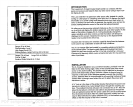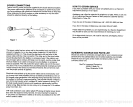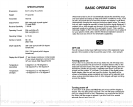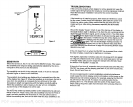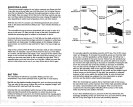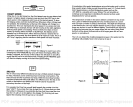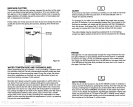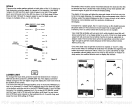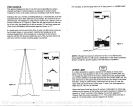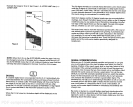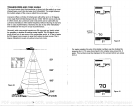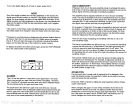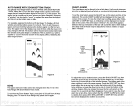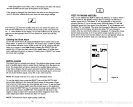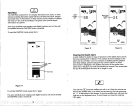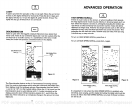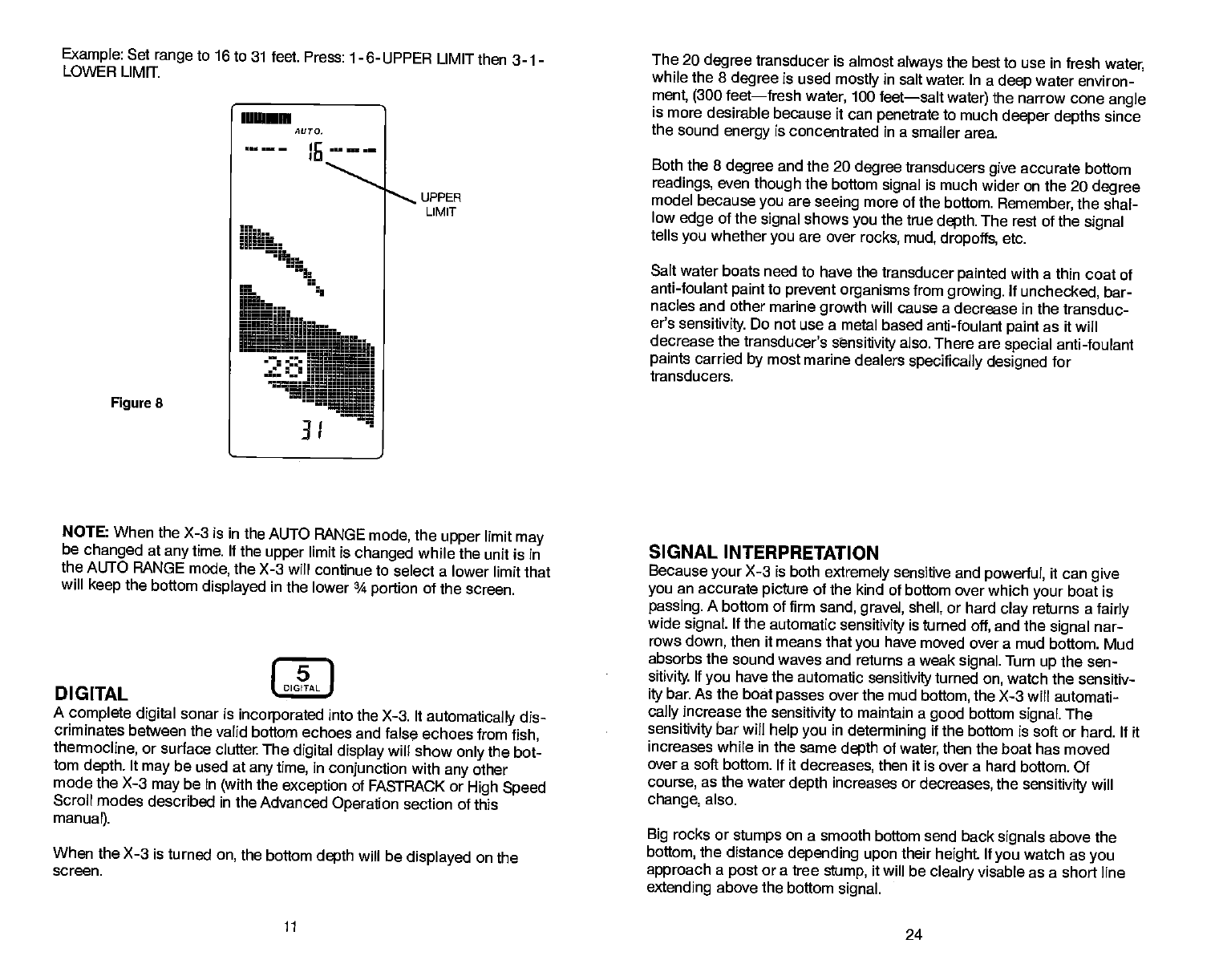
Example:
Set
range
to 16 to
31 feet Press:
1-6-UPPER LIMIT then
3-1
-
LOWER LIMIt
Figure
8
UPPER
LIMIT
NOTE: When the X-3
is in the AUTO RANGE
mode,
the
upper
limit
may
be
changed
at
anytime.
If the
upper
limit
is
changed
while
the unit is in
the AUTO RANGE
mode,
the X-3 will
continue to select a lower
limit that
will
keep
the bottom
displayed
in the lower ¾
portion
of the
screen.
15
DIGITAL
(PtGrTAL
A
complete
digital
sonar is
incorporated
into the X-3. It
automatically
dis-
criminates between the valid bottom
echoes and
false
echoes from
fish,
thermocline,
or
surface clutter
The
digital
display
will
show
only
the bot-
tom
depth.
It
may
be used at
anytime,
in
conjunction
with
any
other
mode the X-3
may
be in
(with
the
exception
of FASTRACK
or
High Speed
Scroll
modes described in the
Advanced
Operation
section
of this
manual).
When the X-3 is
turned
on,
the bottom
depth
will be
displayed
on
the
screen.
The
20
degree
transducer is
almost
always
the
best to use in fresh
water,
while the 8
degree
is used
mostly
in salt water In a
deep
water environ-
ment,
(300
feet—fresh
water,
100 feet—salt
water)
the narrow cone
angle
is
more desirable because it
can
penetrate
to much
deeper depths
since
the
sound
energy
is concentrated in a
smaller area.
Both the 8
degree
and the 20
degree
transducers
give
accurate
bottom
readings,
even
though
the bottom
signal
is
much wider on the
20
degree
model
because
you
are
seeing
more of
the bottom.
Remember, the shal-
low
edge
of
the
signal
shows
you
the true
depth.
The rest of the
signal
tells
you
whether
you
are over
rocks, mud, dropoffs,
etc.
Salt water boats need
to have the transducer
painted
with a thin coat
of
anti-foulant
paint
to
prevent
organisms
from
growing.
If
unchecked,
bar-
nacles and other
marine
growth
will cause a
decrease in the transduc-
er's
sensitivity.
Do not use a
metal based
anti-foulant
paint
as it will
decrease the
transducer's
sensitivity
also. There
are
special
anti-foulant
paints
carried
by
most marine
dealers
specifically designed
for
transducers.
SIGNAL
INTERPRETATION
Because
your
X-3 is both
extremely
sensitive and
powerful,
it
can
give
you
an accurate
picture
of the kind of bottom over
which
your
boat is
passing.
A bottom of firm
sand, gravel, shell,
or hard
clay
returns
a
fairly
wide
signal.
If the automatic
sensitMty
is turned
off,
and the
signal
nar-
rows
down,
then it means that
you
have moved over a mud
bottom. Mud
absorbs the sound waves and
returns a weak
signal.
Turn
up
the sen-
sitivity.
If
you
have the
automatic
sensitivity
turned
on,
watch the
sensitiv-
ity
bar. As the boat
passes
over the mud
bottom,
the X-3 will automati-
cally
increase the
sensitivity
to
maintain a
good
bottom
signal.
The
sensitivity
bar will
help you
in
determining
if the bottom is soft or hard. If it
increases while in the same
depth
of
water,
then the boat has
moved
over a soft bottom. If it
decreases,
then it
is over a hard bottom. Of
course,
as the water
depth
increases or
decreases,
the
sensitivity
will
change,
also.
Big
rocks or
stumps
on
a smooth bottom send back
signals
above the
bottom,
the
distance
depending upon
their
height
If
you
watch as
you
approach
a
post
or a
tree
stump,
it will be
clealry
visable
as a short line
extending
above the
bottom
signal.
11
24
PDF compression, OCR, web-optimization with CVISION's PdfCompressor



